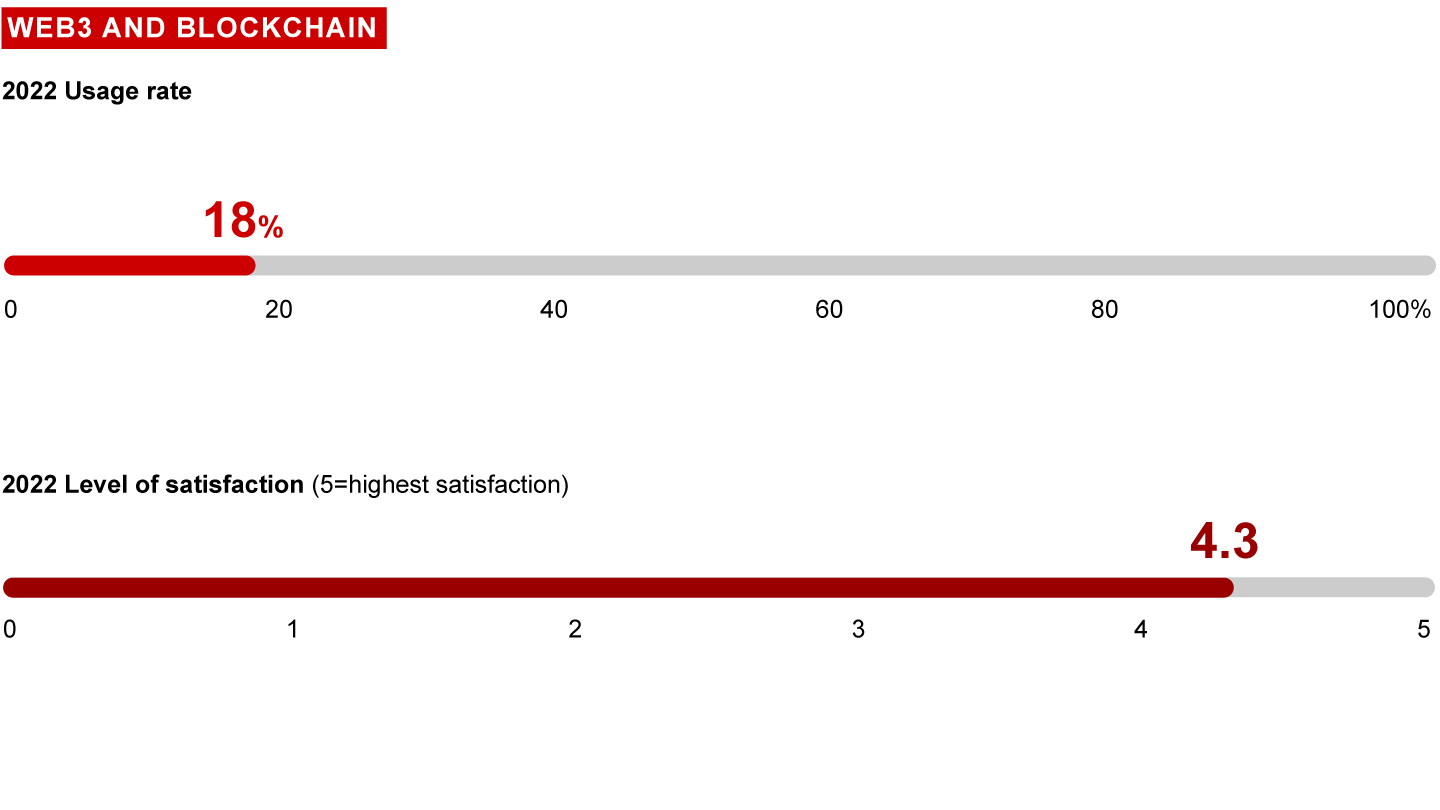Management Tools
What Is Web3 and Blockchain?
Web3 is a group of technologies that make up the third generation of the Internet. The first generation of the Internet, web1, was composed of static web pages that allowed users to access and read information. Web2 refers to the rise of dynamic platforms, allowing users to both read and write. Both web1 and web2 required centralized networks to intermediate all interactions. The third generation of the Internet enables reading, writing, and owning and executing (including the ability to exchange value and transact natively in Internet applications). Web3 capabilities are powered by blockchain technologies.

Blockchains are tamper-resistant, community-owned databases and networks. The shared software applications are composed of open, distributed ledgers that can record transactions between parties efficiently and in a verifiable and permanent way. The ledger itself can also be programmed to trigger transactions automatically. With blockchain, every process, task, and payment has a time-stamped digital record and signature that can be identified, validated, stored, and shared, removing frictions and the need for reconciliation across multiple databases and intermediaries.
How Are Web3 and Blockchain Implemented?
Companies are facing three critical enterprise decisions regarding web3 and blockchain: strategic posture, priority use cases, and delivery capabilities. Companies that have successfully leveraged these tools:
- Develop a vision of how increased web decentralization could benefit the business, including near- and long-term scenarios
- Identify and prioritize areas of the business most impacted or that have the greatest opportunity
- Determine a short list of strategic use cases, associated value at stake, and course of action for use cases
- Establish clear enterprise-wide governance for implementation and use
- Assess required capabilities and preferred approach to deliver technologies (e.g., build, buy, or partner)
- Drive tangible results with a test-and-learn approach (e.g., experiment with using tokens as agents of digital business transformation)
Related Topics
What Are Common Uses of Web3 and Blockchain?
Web3 technology drives new infrastructure (including building blocks of the Internet and companies on it), new economics (how profit pools are allocated), new resiliency (how the system prevents attacks or failures), and new transparency and permissions (how and why data is shared). These implications pose varying degrees of threats and opportunities across industries and business operations. Some examples include:
- Financing and payments: new investment vehicles, cheaper and faster global payments
- Marketing and consumer engagement: innovative consumer experiences and engagement (e.g., in-game asset trading), new monetization models (e.g., NFT-gated access), new ancillary products and media (e.g., open metaverse), new loyalty programs through tokens
- Supply chain management: improved tracking and authentication of products and materials (e.g., food sourcing transparency, ability to track carbon footprint)
- Cybersecurity: increased security with universal identity layer, permanent decentralized storage

Management Tools & Trends 2023
On the 30th anniversary of our survey, managers seem surprisingly upbeat.
